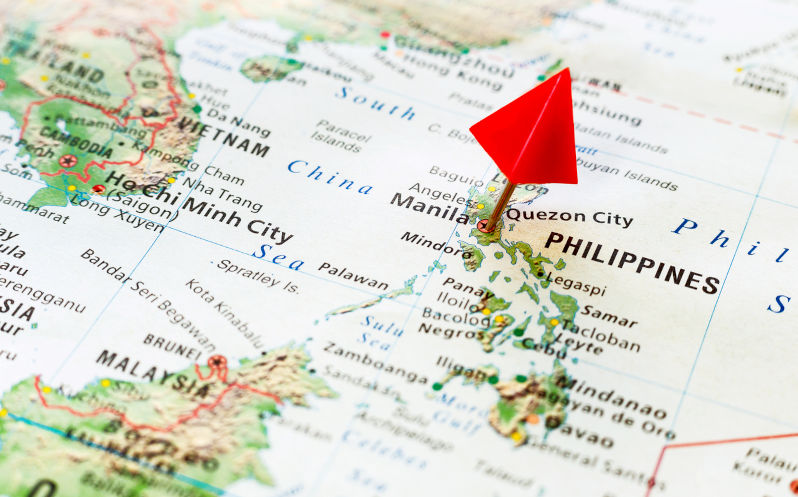Will a stranded Philippines' ship trigger war with China?
July 4, 2024
China claims sovereignty over roughly 62% of the South China Sea (SCS) as delineated by a nine-dash line first published on a Chinese map in 1947.
Taiwan makes the same claim which was reiterated by its former leader Chiang Kai-shek in 1943 when he governed China as a whole. China says that its maritime activity and administrative control of most of the SCS goes back to the Han dynasty.
But the Permanent Court of Arbitration (PCA) in 2016 could not find any legal basis for that. This Court interprets the application of the United Nations Convention on the Law of the Sea (UNCLOS) which China and most other nations ratified, but not the USA.

Conflicting claims
It seems China has never defined what it exactly means by its “sovereignty” over the SCS. But its statements suggest that it (a) means more than what UNCLOS accords to an exclusive economic zone (EEZ) which is within the 200 nautical miles of a nation’s coastline, yet (b) falls short of the full rights ascribed to a territorial sea (TS) which is within 12 nautical miles of a nation’s coastline.
The nine-dash line definitely overlaps the EEZs of several South East Asian nations (Philippines, Vietnam, Malaysia and Brunei), but it’s uncertain whether it infringes the TSs of these nations because China has never clarified that.
Note also that the SCS sovereignty claims of the Philippines, Vietnam, Malaysia, and Brunei also extend well beyond their EZZs recognised by UNCLOS.
An EEZ gives a nation exclusive rights to exploit the natural resources of the waters, seabed and subsoil but it does not give it exclusive right to controlling navigation and overflight of the sea or the laying of submarine cables and pipes in accordance its national laws. A TS gives a nation the right to completely control what happens within it.
Stranded ship
The Philippines stranded an obsolete war ship on the Second Thomas Shoal in 1999 to assert sovereignty over this submerged sandbank in response to China’s occupation of the Mischief Shoal in 1994. Both shoals are within the Philippines’ EEZ and China’s nine dash line but not within the Philippines’ TS.
The UNCLOS gives the Philippines the right to sovereignty over the South Thomas Shoal because it is a natural resource within its EEZ.
China’s claim seems to be based on its nine-dash line having existed before UNCLOS (to which China is a signatory) came into effect in 1994.
The PCA rejects that because UNCLOS was designed to override all previous national unilateral claims to seas.
China asserts that its military bases in the SCS are part of its territory and so the 12 nautical miles around them are part of its TS. The US disputes China owns these artificial land masses so continues to sail its navy within their 12 nautical miles to assert a right to freedom of navigation of these seas.
War trap
To date the view has been that a conflict over Taiwan is most likely to start a war between America and China.
But the escalating dispute over the South Thomas Shoal could precipitate a war much sooner between the US and China if the Philippines invokes its defence treaty with America.
The risk for China is that Vietnam, Malaysia and Brunei would side with the Philippines in such a conflict because of their disputes with China over the nine-dash line overlapping their own EEZs and possibly their TSs.
China needs to be careful not to provoke ASEAN to take sides. That requires resolving its maritime disputes with the Philippines, Vietnam, Malaysia, and Brunei as soon as possible since these negotiations have dragged on too long.
Otherwise, America will exploit any conflict to try to rope in more allies to confront China both militarily and economically, a trap China must avoid.
Australia should stay out of these disputes because it does not have a maritime border disagreement with China and in any case lacks the military capacity to combat China’s navy and airforce. And if it joined America in a showdown with China it risks being attacked since it would be the weak link in such a fight.

